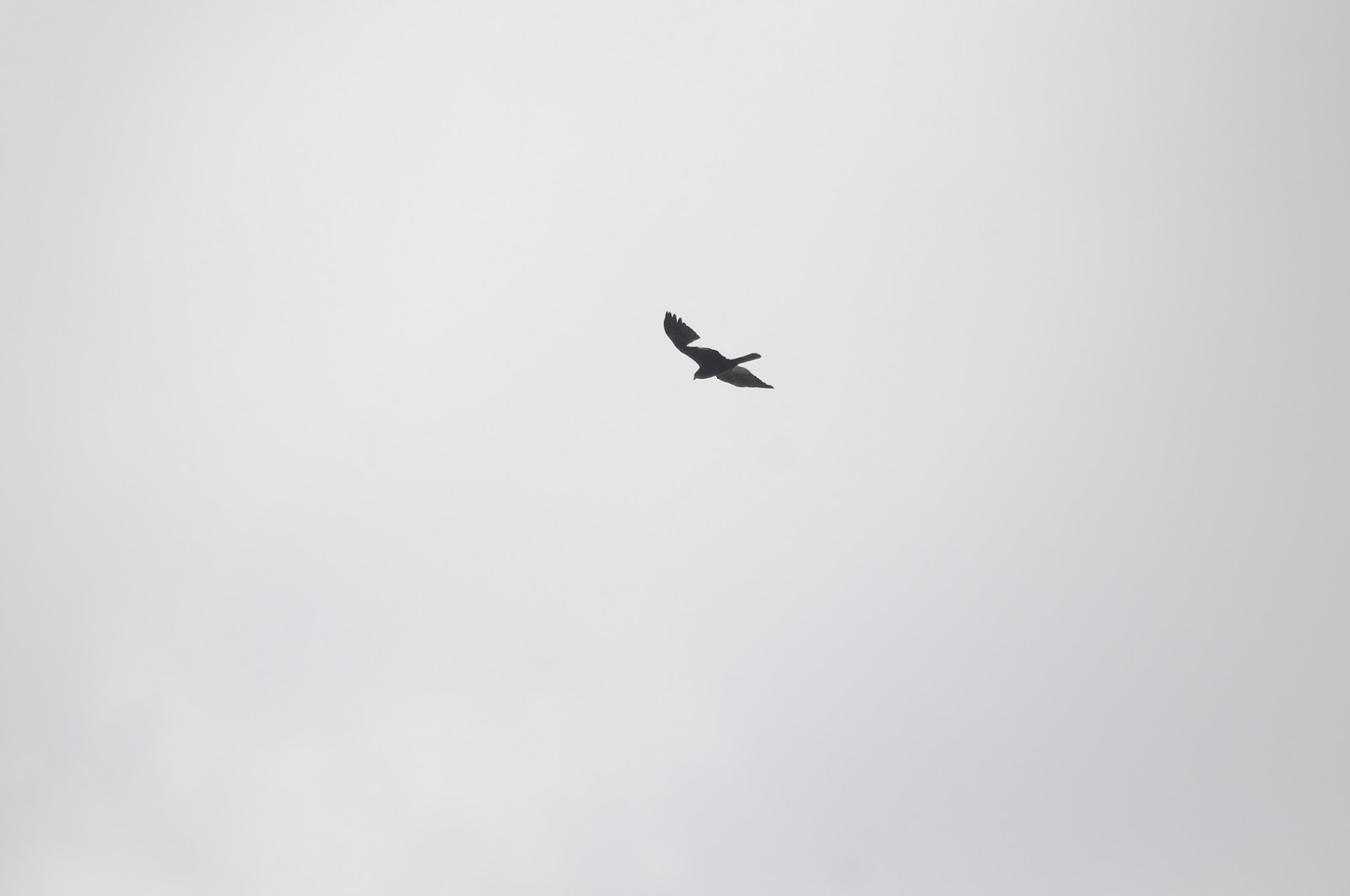November 20th
This was to be the 4th year running that the Environment Agency had very kindly supplied a Boat to survey Waders on the Inner Thames.
The purpose of the survey being to log all known structures/jetties, working or derelict for roosting waders from Broadness Point, Swanscombe to East India Dock Basin.
As before, Tom Cousins and Peter Gray crewed the boat and the 4th position was taken by Tom Cook, the E/A Biodiversity officer.
The only difference from the previous year was that we had a different boat, and we launched from the Thames Barrier rather than Crossness.
We soon left and headed down river to Broadness Point, high tide was around 11.15am at Tilbury, once we were in position at the Point the idea was to then work our way up river from there with the incoming tide.
On our way up plenty of waders were on show, Black Tailed Godwit numbers for one seemed to be higher than 2013 but the mud was disappearing fast so we pressed on to the Point.
 |
| Black Tailed Godwit feeding as we headed down river |
 |
| Fired off a few shots as we headed down at Aveley Bay, checking later showed the Avocet in the corner, |
In previous years we have had Turnstones at Broadness Point, none this year but good numbers of Redshank already at roost along with a Curlew, there was also a Peregrine up on the Pylon.
Working our way up river we came to the first of the ‘big’ roost sites at West Thurrock, the Saltings held 17 Curlew but an added bonus was 7 Avocet sitting it out on the river. These I suspect had probably moved up from the large flock at Mucking Bay.
 |
| Curlew - West Thurrock |
 |
| Pre roost gathering |
Surprisingly the La Farge Jetties were empty; these usually hold large numbers of Dunlin and Redshank.
Pressing on we passed under the QE2 Bridge and after this arrived at Purfleet - Cory’s Wharf, as luck had it all the birds were in the air and it gave a chance to make a much more accurate count, an impressive 180 Lapwing were on the Jetty.
 |
| Cory's Wharf - loaded out with Lapwing |
Next stop was the Stone Barges, on the way we had a female Marsh Harrier crossing the river from Rainham RSPB, some wing damage was seen but seemed to be flying ok. This, along with the Avocets seen earlier were new birds for the Boat Surveys.
 |
| Marsh Harrier - left wing damage |
The Stone Barges were surprisingly quiet with only a handful of Black Tailed Godwits and Redshank so we headed for Fords; this was loaded out with Curlew, Redshank and Black Tailed Godwits.
The Godwits flew and it again gave me a chance of a more accurate count before the flock returned and settled back down on the Jetty, I estimated at least 300 Godwits were on the old disused Jetty.
From here it was over to Crossness, again good numbers of roosting waders with the highlights being 550 Dunlin amongst good numbers of Redshank. It’s never an exact science but the Dunlin were lined up along the river wall, counting was made a lot easier.
 |
| Crossness |
We then proceeded to Beckton to check the roosts there near the old Victorian Pillars, last year we couldn’t get in to survey due to a moored ship, this year all clear.
80 Redshank were at roost along with a few Dunlin.
This was to be the final roost as checking all the structures/jetties up to the Thames Barrier revealed no other waders at roost, I checked the Bow Creek roost after by car.
A very enjoyable survey.
.JPG)
.JPG)

.JPG)
No comments:
Post a Comment